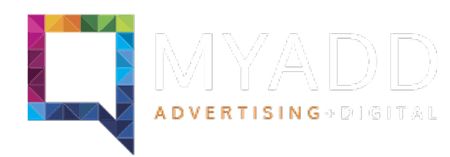Traditional media VS digital or online media
Has the internet displaced other media and communications? In many cases yes!
It has been well documented that there has been a downward trend for several years in readership and circulation of newspapers and magazines, especially with the introduction of smart phones and tablets.
Television and radio audience have remained strong, as they are able to offer live and replay streaming of their shows combined with in show audience engagement using apps such as Fango, Ten Play and Twitter as they attempt to leverage off digital media, providing quality online content. In addition and in most cases, TV viewers would prefer to watch a program ‘live’ as the station airs the content rather than stream a replay of the show via the internet cases, as it creates a sense of in the moment and community.
So while media websites look to capture this audience with quality content and add an additional revenue stream, recent surveys have also found that respondents find advertisements on websites more relevant than mass media, with social networks coming second as both can use targeted segments, depending on people’s interests and recent internet search history. However, it is interesting to note that online readers and viewers respond better to native online advertising, choosing to learn about a company or a product through content, as online banners are rarely clicked on by choice.
The growth of online media has created considerable market segmentation in relation to where and how people receive their daily news and electronic entertainment. So does this mean that mainstream media is irrelevant? In short, no! The strengths of mainstream television, radio and print remain, as these mediums are able to reach a mass audience quickly, efficiently and cost effectively. To date many online campaigns require more resources and time to reach the same number of consumers. However, combining these traditional mediums with targeted online advertising and marketing will not only capture this broad and dissected market, it will enhance and increase conversion from mainstream media as consumers prompted by push mediums go about their online research before making a decision.
The number one criticism consumers reported with online content is the disparity between large organisations and small to medium enterprises. Due to budget or time restraints, SME’s are very slow to adopt this trend and are not keeping up with consumer demand or expectations.
While on line content and advertising may be seen as an unnecessary or minimal allocation of funds by many SME’s, the online environment is growing and needs to be genuinely considered when planning for the balance of 2014 and beyond.
